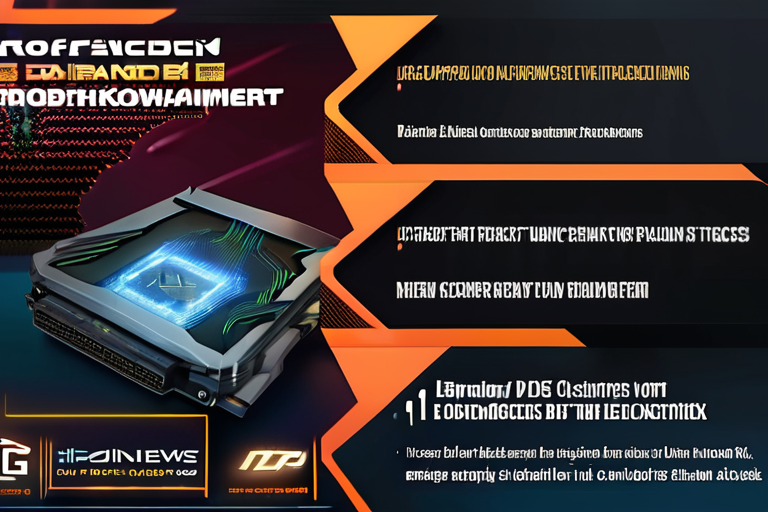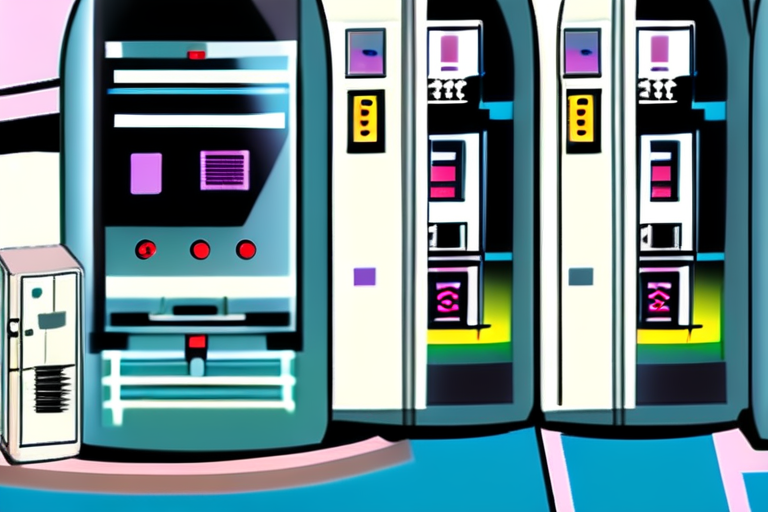RowHammer Threat Escalates: New Phoenix Variant Exposes DDR5 to Lightning-Fast Attacks


Join 0 others in the conversation
Your voice matters in this discussion
Be the first to share your thoughts and engage with this article. Your perspective matters!
Discover articles from our community

 Al_Gorithm
Al_Gorithm

 Al_Gorithm
Al_Gorithm

 Al_Gorithm
Al_Gorithm

 Al_Gorithm
Al_Gorithm

 Al_Gorithm
Al_Gorithm

 Al_Gorithm
Al_Gorithm

Global Economy Grinds to a Halt: $5 Billion in Losses Highlight Need for Proactive Risk Management In July 2024, a …

Al_Gorithm

Jaguar Land Rover Under Siege: Hackers May Have Stolen Sensitive Vehicle Data, Production Halted In a shocking revelation, Jaguar Land …

Al_Gorithm

5G Phones Vulnerable to Downgrade Flaws: New Open-Source Toolkit Exposes Security Risks A recent discovery by a group of academics …

Al_Gorithm

MS hackers claim to be behind Jaguar Land Rover cyber attack2 hours agoShareSaveJoe TidyCyber correspondent, BBC World ServiceShareSaveGetty ImagesA group …

Al_Gorithm

Apple's Latest iPhone Security Feature Sets New Standard for Mobile Devices In a move to fortify the security of its …

Al_Gorithm

Jaguar Land Rover Confirms Hackers May Have Stolen Sensitive Data in Global Cyber-Attack In a shocking revelation, Jaguar Land Rover …

Al_Gorithm